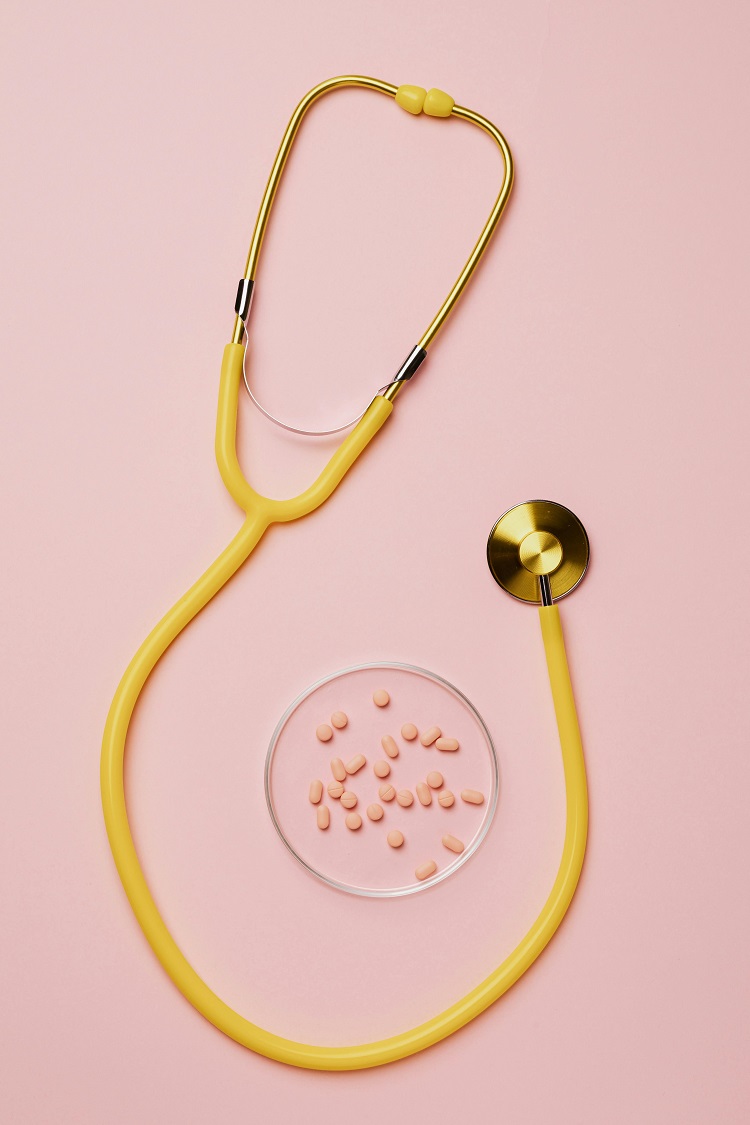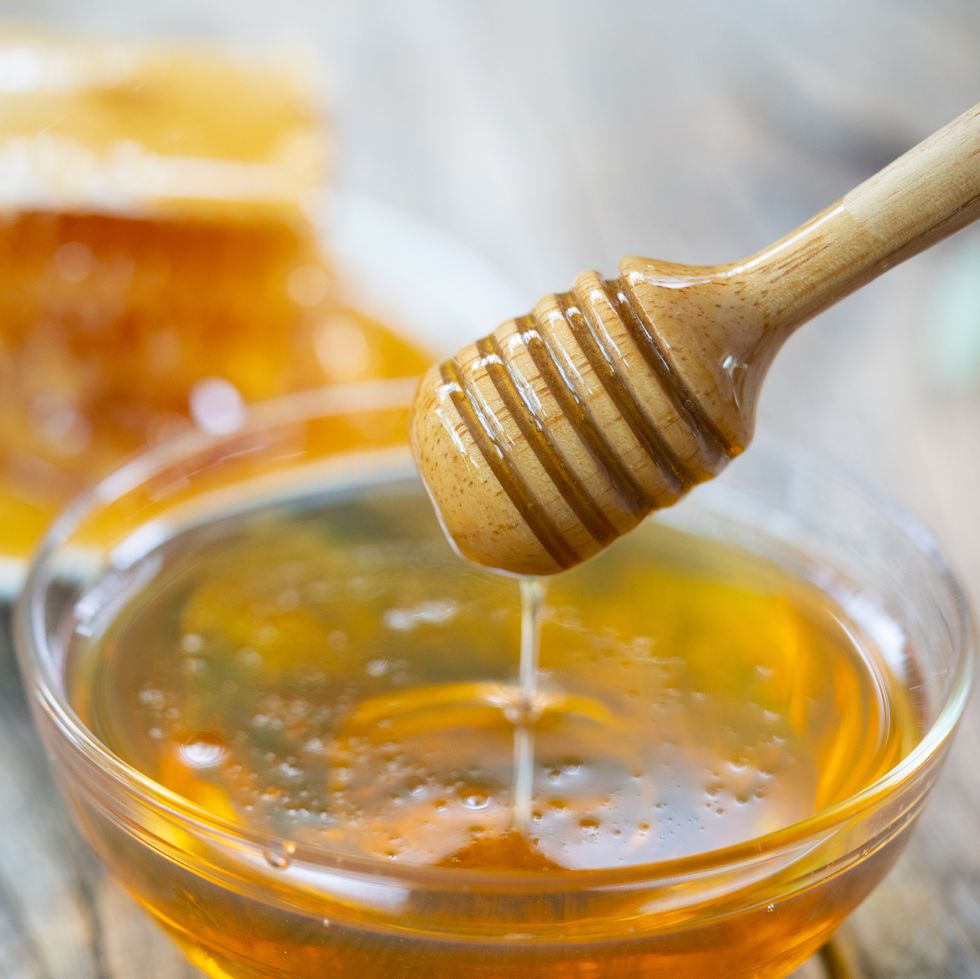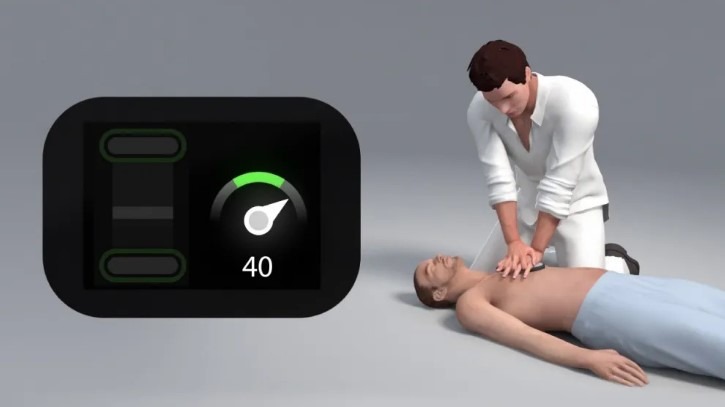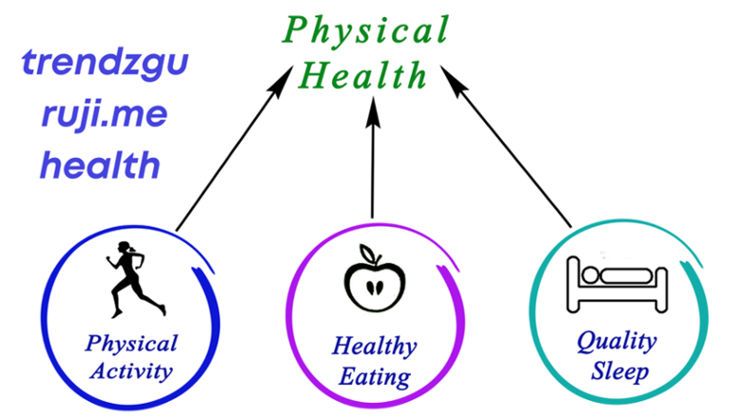HOW DOES A NOSE HEAL AND WHAT DOES IT LOOK LIKE AFTER RHINOPLASTY?

The rehabilitation period.
The first question that arises after deciding on nose job in turkey is: how will my nose change? In this article we will tell you about the consequences of the operation you need to prepare for and what to expect from the rehabilitation period.
Possible complications
Turning to a plastic surgeon, it is worth remembering that any change in appearance and interference in the work of the body is individual. No one can guarantee that the recovery of your body will happen as quickly as that of a friend and will not cause unpleasant side effects. Therefore, it is important to carefully approach the choice of a surgeon and anesthesiologist. Despite the positive attitude, it is worth knowing what unforeseen effects can accompany rehabilitation and healing.
Rhinoplasty is performed in several stages and complications appear very rarely, since the algorithm of the procedure has been worked out for a long time. Complications are of aesthetic and internal nature.
Among the aesthetic consequences:
- Seam divergence, appearance of adhesions and scars at the site of intervention;
- Deformation of the nose and upturned tip;
- The appearance of pigmentation and vascular networks.
Internal complications can be more numerous and serious. Among them:
- Infection with infectious diseases;
- Allergic reaction;
- Breathing problems associated with a change in the shape of the nose;
- Toxic and anaphylactic shock;
- Cartilage atrophy and tissue necrosis;
- Failure to smell.
Preventing the unpleasant consequences of rhinoplasty allows a thorough preliminary examination and following the recommendations of a plastic surgeon. He warns the patient about possible side reactions of the body.
STAGES OF REHABILITATION AFTER SURGERY
Every patient preparing for rhinoplasty should understand that in the first days after the procedure, the desired effect of the operation will not be obvious.
Surgery is accompanied by swelling, nasal congestion, and bruising around the eyes. Some patients experience nosebleeds, nausea, and high fatigue.
Rhinoplasty performed in modern clinics is rarely accompanied by complications. Today, even the time spent by a patient in the hospital after surgery has been reduced to a minimum. After a day, you will be able to take a bath without touching the applied bandages and splints. It is strictly forbidden to wet them. Compliance with the advice of a doctor leads to a rapid recovery of the body and tissue healing. Rehabilitation takes place in stages.
Stage 1.For the first 7 days after rhinoplasty, the patient wears a bandage. Painful sensations are acceptable and it is quite normal for the appearance of swelling and discomfort in the nose. Bruising and bruising are common with astrometry. Discharge from the nostrils must be removed, but any manipulation of the nose requires accuracy and care.
Stage 2. The body needs about 10 days to restore mucous and soft tissues. At this point, the plaster is replaced by a bandage and splints, and the sutures dissolve. The doctor clears clots from the nasal passages and conducts a control examination. Your nose is not yet fully formed and is still prone to swelling. But you can already return to your usual way of life. After 3 weeks, the bruises will completely disappear, and by the end of the stage, the swelling will also subside.
Stage 3.It takes from 1 to 3 months. At this time, the patient can observe how the nose takes the shape he dreamed of, and the problems with airway patency disappear. Complete healing of tissues occurs, although the result is not yet final. This is the recovery period for the tip of the nose and nostrils.
Stage 4. It takes about a year, after which you can evaluate the final result of the operation. All the flaws that irritated the eye in the first months will go away. CONTRAINDICATIONS AND RECOMMENDATIONS AFTER RHINOPLASTY
In order for the result of the operation to be of high quality, and you do not have to face complications after rhinoplasty, follow the doctor’s advice. The surgeon warns that it is worth excluding bathing, it is not recommended to wear glasses until recovery and lift heavy things. Hot baths and saunas, alcohol and carbonated drinks are excluded.
The operation entails a decrease in immunity, so you should be especially careful about your healthcare solutions. After rhinoplasty, the doctor recommends medications with an individual dosage. Pain relievers and anti-inflammatory drugs should not be neglected. Sometimes it is recommended to remove puffiness with special means that are selected personally.
Removing scars and accelerating recovery can be motivated by massage and physical therapy. With regular procedures, the effect of them becomes obvious. At the same time, any load in the form of sports should be excluded.





